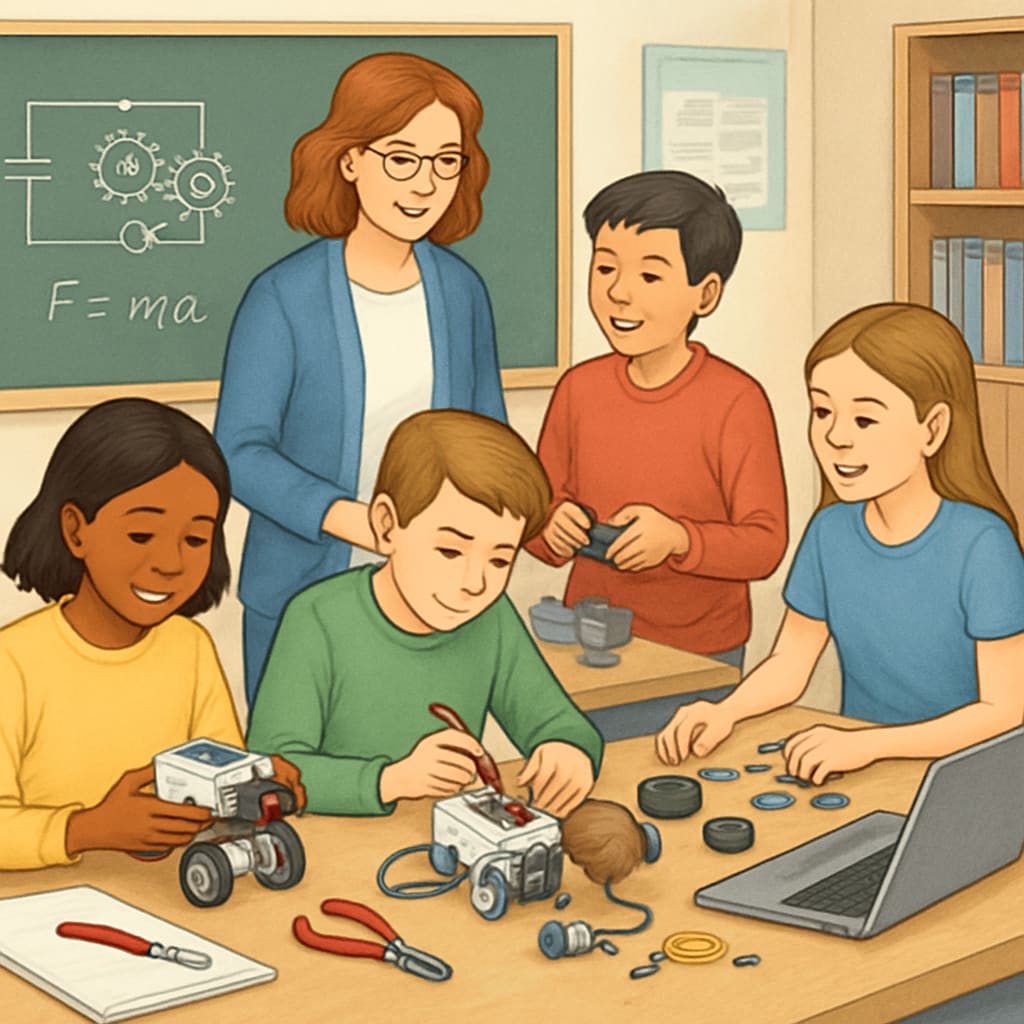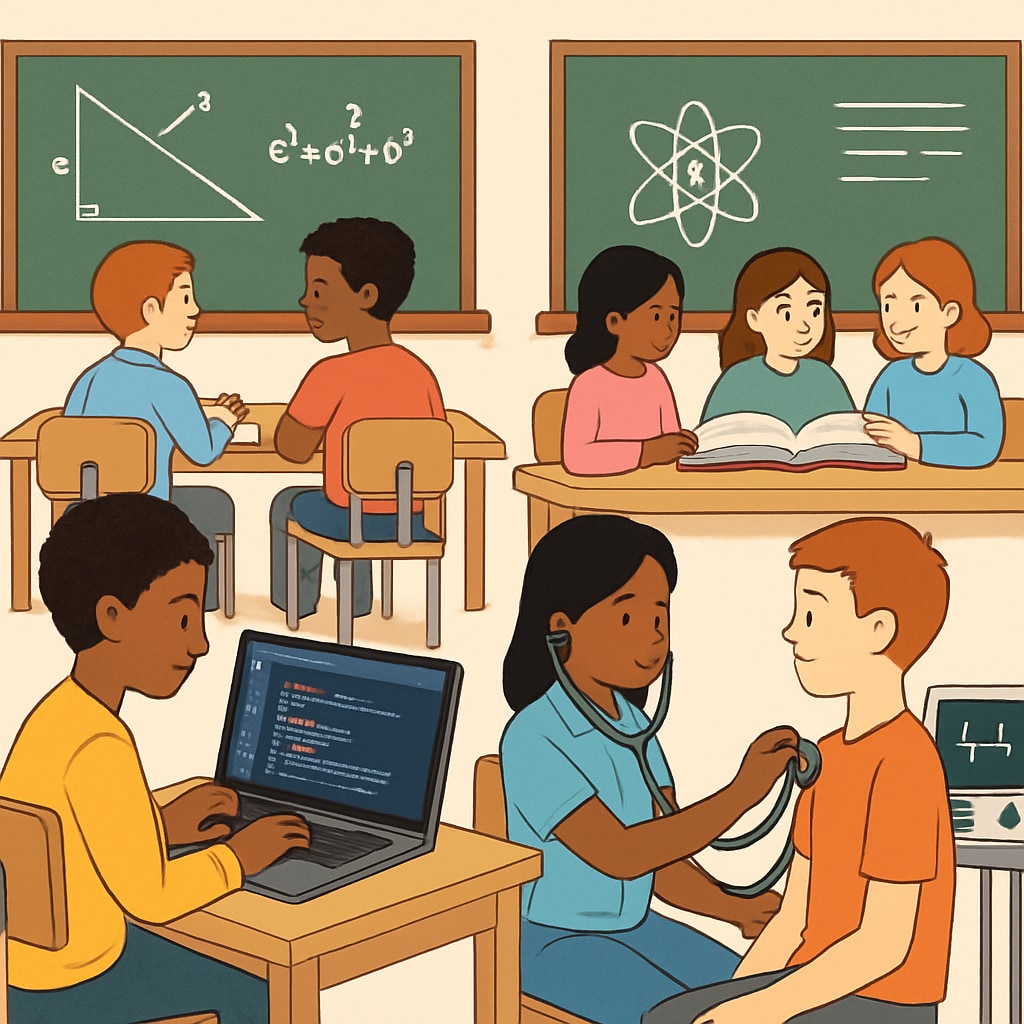Career and Technical Education (CTE), school districts, and traditional subjects are increasingly intertwined, reshaping the K12 educational landscape. By integrating practical career-oriented skills with foundational academic disciplines, CTE programs aim to bridge the gap between education and the workforce. This shift has not only proven beneficial for student engagement but also for long-term academic success and career readiness.
The Role of Career and Technical Education in Modern Learning
CTE programs are designed to prepare students for specific industries while enhancing their academic learning. These programs introduce hands-on experiences in areas like healthcare, technology, engineering, and trades, which complement traditional subjects such as mathematics, science, and language arts. For example, a CTE course in engineering might incorporate physics principles to solve real-world problems, fostering both technical skills and academic understanding.
As a result, students often find traditional subjects more engaging because they can immediately apply theoretical knowledge in practical settings. According to a study by Britannica on education, integrating career-based learning into school curricula helps students build confidence and see the relevance of their studies in real-world applications.

Organizational Structures for Effective CTE Implementation
School districts employ various organizational strategies to integrate CTE into their existing frameworks. Some districts establish dedicated CTE academies or schools, while others embed CTE courses within traditional high schools. Additionally, partnerships with local businesses and community colleges provide students with opportunities for internships and dual enrollment programs, enhancing their educational experience.
For example, some districts adopt a “pathway” model, where students can choose a career trajectory and follow specific courses aligned with their goals. This model not only provides focus but also ensures students gain both academic proficiency and industry-specific skills. According to Wikipedia’s overview of U.S. education, such partnerships and pathway models have significantly improved student retention rates and post-graduation outcomes.

CTE’s Positive Impact on Student Outcomes
The integration of career and technical education with traditional subjects has shown remarkable benefits for students. Beyond academic achievements, students in CTE programs develop critical thinking, teamwork, and problem-solving skills, which are essential for success in any career path. Moreover, exposure to real-world applications encourages lifelong learning and adaptability.
- Improved academic engagement and performance.
- Enhanced career readiness and technical skills.
- Opportunities for internships and real-world experience.
- Higher graduation rates among CTE participants.
In addition, CTE programs often cater to diverse learning styles, making education more inclusive. Students who may struggle with traditional methods of instruction often excel in hands-on environments, leveling the playing field and offering pathways to success for all learners.
Future Directions for CTE and Traditional Education Integration
As CTE continues to expand, schools and policymakers must focus on creating seamless integration between technical education and traditional academic subjects. This requires investment in teacher training, curriculum development, and partnerships with industry leaders. By blending the strengths of both instructional approaches, educators can ensure students are prepared for the challenges of the 21st-century workforce.
In conclusion, Career and Technical Education is not merely an addition to traditional learning but a transformative approach that redefines how we educate the next generation. With innovative organizational structures and a focus on relevance, school districts are paving the way for students to thrive academically and professionally.
Readability guidance: This article uses short paragraphs, active voice, and accessible language to ensure clarity and engagement. Lists summarize key points effectively, while external links provide credible sources for further exploration.


